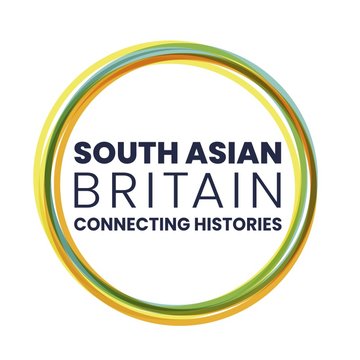
East India Association
Founded by Dadabhai Naoroji to discuss matters related to India
Location(s)
London
SW1E 6AS
United Kingdom
About
The East India Association was founded by Dadabhai Naoroji in 1866, in collaboration with Indians and retired British officials in London. It superseded the London Indian Society and was a platform for discussing matters and ideas about India, and to provide representation for Indians to the government. Naoroji delivered the first lecture to the Association on 2 May 1867. The Association's first President was Lord Lyveden.
In 1868 the East India Association had nearly 600 members. This had increased to 1,000 in 1878. Female members were admitted from 1912. The Association produced a journal (Journal of the East India Association) from its inception, which included the papers that were delivered before their meetings. Papers and proceedings of these meetings were then produced in the Asiatic Quarterly Review, which eventually superseded the Journal of the East India Association. These lectures were usually delivered in the Association's regular meeting-place – Caxton Hall, Westminster (i.e., Westminster Town Hall). Over the course of its existence, the Association would listen to lectures from a wide range of Indian and British men and women on matters ranging from the economic development of India to literature to suffrage. In March 1940, after a lecture delivered by Michael O'Dwyer at Caxton Hall, the former Governor of Punjab at the time of the Amritsar Massacre was shot dead by Udham Singh.
The East India Association incorporated the National Indian Association in 1949 and became the Britain, India and Pakistan Association. In 1966 it amalgamated with the former India Society, now the Royal India, Pakistan and Ceylon Society, to become the Royal Society for India, Pakistan and Ceylon.
Visram, Rozina, Asians in Britain: 400 Years of History (London: Pluto Press, 2002)
Minute books, financial papers and correspondence, Mss Eur F147, Asian and African Studies Reading Room, British Library, St Pancras
One of the chief objects Mr Naoroji had in view in founding the Association was the awakening of the British people to a due sense of their responsibilities as rulers of India, and his first endeavours were therefore directed to the dissipation of that 'colossal ignorance' of India which had so impressed him on his first arrival in England in 1855. Later on he saw how desirable it was that the Chiefs and Princes of India should be represented in this country, and that all possible assistance should be afforded them in laying their claims and views before Government for the protection of their interests and the redress of their grievances. So 'all persons interested in India' (whether Indians or Britons) were welcomed as Members of the East India Association.
'The Jubilee of the East India Association (founded 1866)', Ch. I, Asiatic Review 11.29 (January 1917), pp. 1–14; p. 3
Image credit
© Remaking Britain: South Asian Connections and Networks, 1930s – present
